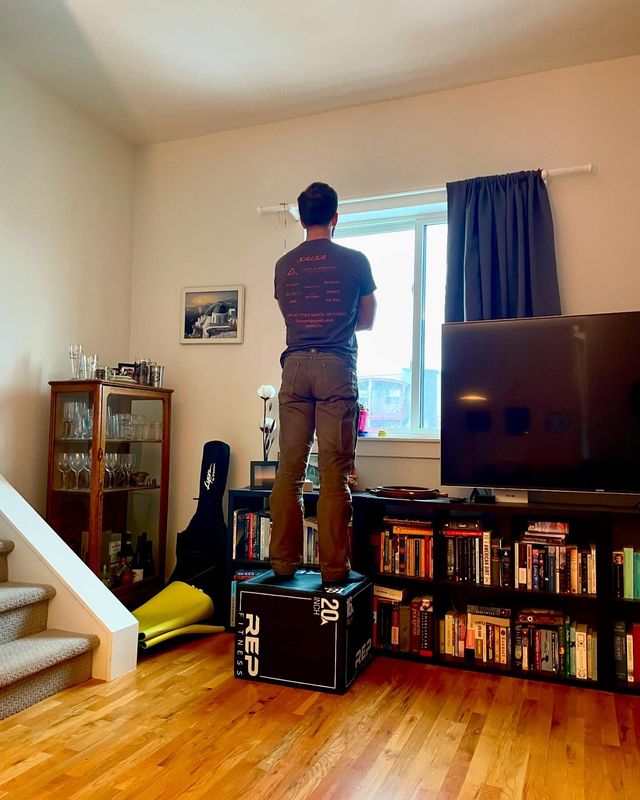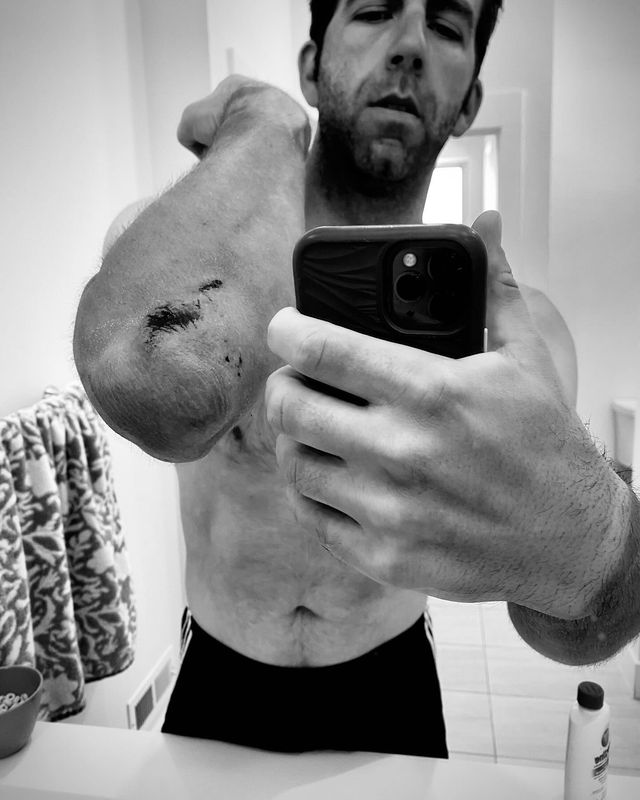
People of Earth. This is my 2024 Year in Review post. Will it be funny? Will it be introspective? Gosh, I dunno. I read the news tonight and the temptation to go to bed three hours earlier than normal is strong. Let’s crack on and see where the muse takes me.
WHAT THE ACTUAL FUCKING FUCK WAS THAT FUCKING YEAR?
::cough:: Sorry ‘bout that. The muse has been up since 3am and is suffering from caffeine withdrawal.
As a whole my year was not so bad. Lots of training on the bike, did a few races, went to Mallorca (lovely!), spent time outside in Nature, read many books, watched quite a few good TV shows and movies. It was good. Stayed mostly healthy except for a moderate crash and a sinus infection. Colonoscopy was clean, Cardiac CT Scan was clean. Really not much to complain about.
On the flip side, an erratic and occasionally threatening coworker led me to quitting my job. The election was a gut punch and then a hard smack to the head followed by a full body dunking in snot. While school was amazing, it drained my savings and provided zero clarity as to what my future should hold. The three job hunts all ended up being a lesson in how much I am exhausted by tech and late state capitalism. And my social network seems to be dwindling down to what can only be described as threadbare.
Also. Entering 2025 feels like the start of a horror film. You saw the trailer. You want to yell, “No, no, don’t go in there! The MAGA! Run you fools!” It’s a tale absolutely terrifying in its inevitability of chaos, pain, and a constant disruption to our lives. The struggle to keep sane this year is going to take more patience and perspective than I am entirely sure I can bring forth.
But…we struggle anyway. Not because it will fix everything or even anything, but because the struggle itself defines who we are. We resist, we care, we engage, we joke, we try to be kind—because that's the version of ourselves we want to believe in. It matters little that the world shrugs at our efforts; what matters is that we chose to continue to be ourselves when giving up would have been so much easier.
I still do not know what will come or what I will choose. I am trying to keep true to a certain blue box loving character though: "Never cruel nor cowardly. Never give up. Never give in."










